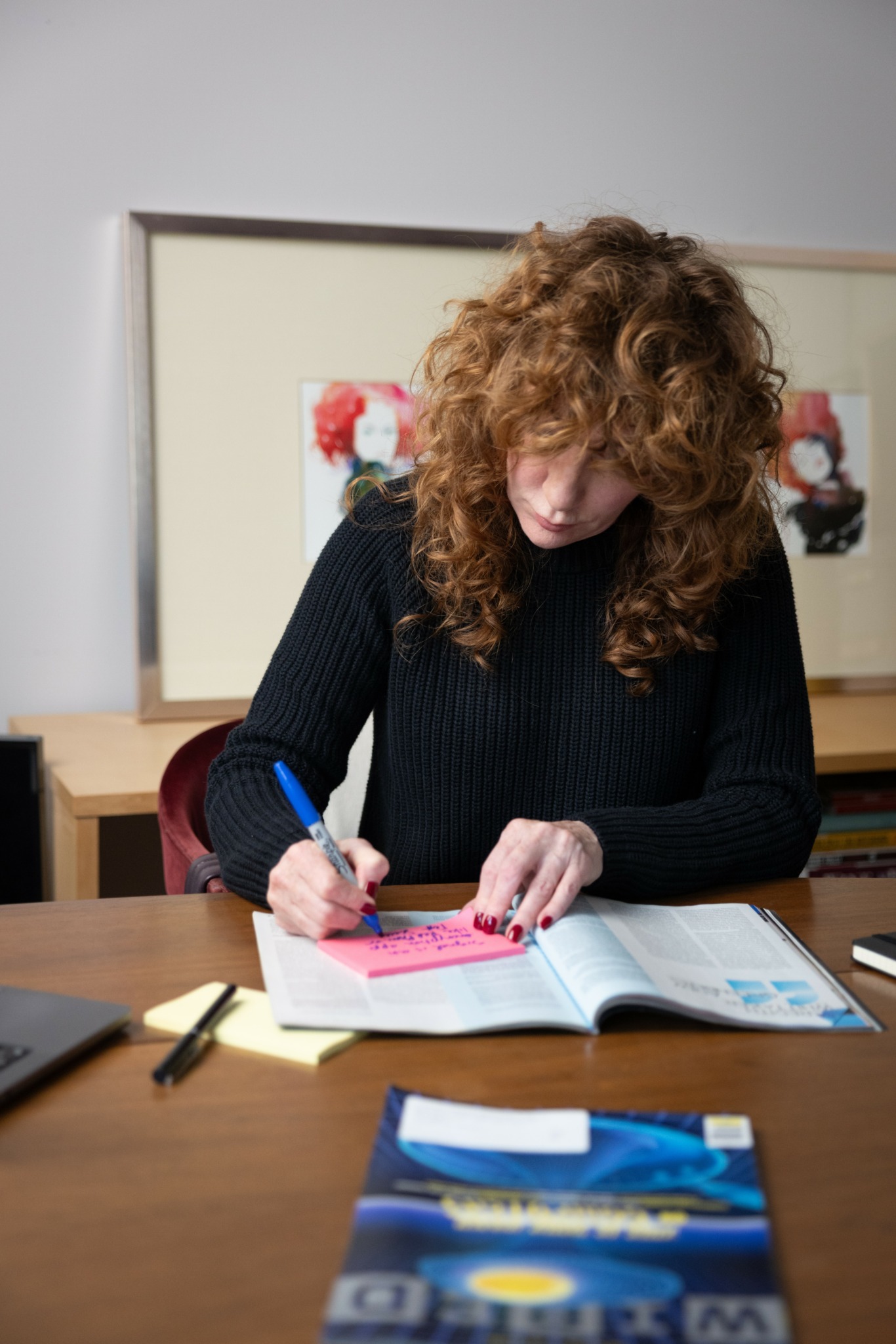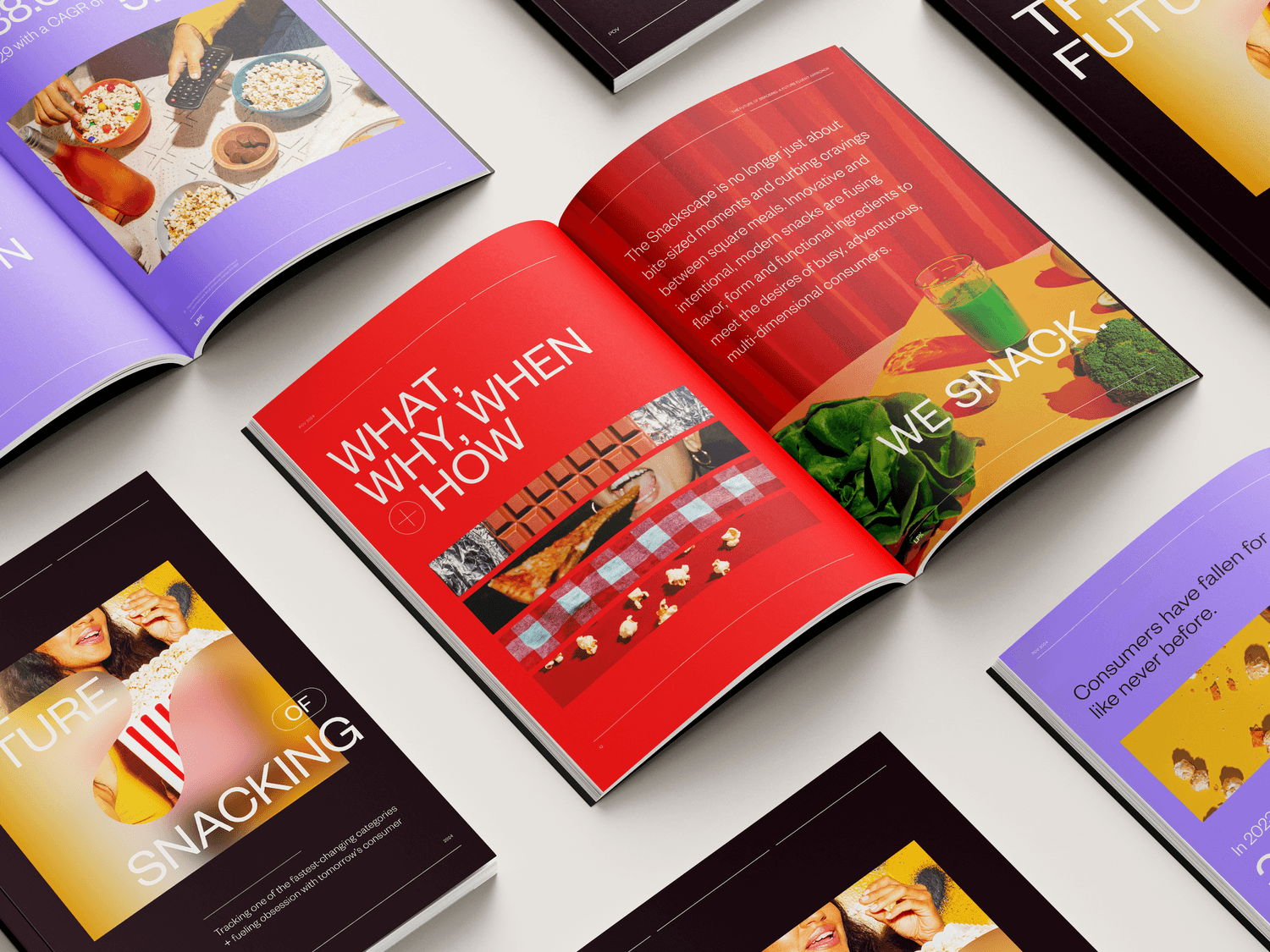We’re excited to introduce you to the always interesting and insightful Valerie Jacobs. We hope you’ll enjoy our conversation with Valerie below.
Hi Valerie, thanks for joining us today. Everyone has crazy stuff happen to them, but often small business owners and creatives, artists and others who are doing something off the beaten path are often hit with things (positive or negative) that are so out there, so unpredictable and unexpected. Can you share a crazy story from your journey?
The craziest project I was ever asked to do was a 50 YEAR forecast. As a trend forecaster, the clients I work with want to know how people’s (consumers’) attitudes, behaviors and lifestyles will evolve in the future. This is so that when they launch their brand, products or services a year or more from now, they will have more confidence that the ideas will resonate in the future. Normal time horizons for my work are usually closer to 1 to 2 or 3 to 5 years. Sometimes 10 years when a new technology is being developed and it will take time to get it to market. But 50 Years is a really lengthy time horizon. My client had a platform technology that his R&D partners were selling as the next “big thing” in their industry and that it would be valuable for 50 years. He wanted to know if that was even a plausible claim. And even though I’d never done anything like it, my team and I adjusted our normal trend sensing process to orient toward a bibliography of science fiction and the most cutting edge scientific and medical research. This blended together emerging discoveries with the best of speculative fiction to create a forecast that I think was imaginative, provocative and realistic in terms of answering the client brief.

Great, appreciate you sharing that with us. Before we ask you to share more of your insights, can you take a moment to introduce yourself and how you got to where you are today to our readers.
I’m Valerie Jacobs, founder of Valerie Jacobs Futures, a foresight and strategy studio helping modern businesses understand, anticipate, and flourish in the future. My career began in marketing, but after a decade there, I realized I really wanted to go to design school. I uprooted my life, started studying fashion design and there I discovered trend forecasting. But not just for fashion, I uncover social and cultural shifts that shape the bigger picture of consumer attitudes, behaviors and lifestyles. I went on to work in design, branding and innovation consulting, using my fascination of cultural shifts to shape some of the biggest brands on the market: ultimately using strategic foresight to make smarter, more human decisions about what comes next.
Over the past 20+ years, I’ve led foresight, strategy, and innovation practices for some of the world’s most recognizable companies and taught thousands of students how to think more expansively about the future. Founding my own studio was a natural evolution, a way to bring together decades of corporate, academic, and creative experience under one roof.
What type of services do you provide and what problems do you help clients solve?
Valerie Jacobs Futures works with both businesses and individuals through four main offerings: Futures Thinking Training, Futurist-in-Residence programs, Bespoke Forecasting, and Strategic & Leadership Consulting. I also spend time teaching at the University of Cincinnati and giving keynote speeches and workshops.
At its core, my work helps people see the future sooner, spotting change early, unpacking blind spots, and designing resilient strategies before disruption hits. For businesses, that means aligning teams around long-term opportunities and building agility into their decision-making. For leaders, it’s about cultivating “future fluency”: the mindset and methods to approach uncertainty with confidence rather than fear.
What sets you apart from others in your field?
My approach bridges creativity and strategy. Many foresight practices stay theoretical, while brand and innovation teams often stay too tactical. I work in the space between, translating emerging signals into meaningful narratives and actionable strategies. That synthesis comes from decades of consulting and teaching, but also from an underlying belief that thinking about the future should foster optimism, not anxiety.
What are you most proud of, and what do you want people to know about your work?
I’m most proud that this work has changed how people see the world, helping them find clarity, purpose, and possibility in uncertain times. When a client tells me they’ve started thinking differently about risk or opportunity, I know it’s working.
I want people to know that futures thinking isn’t about predicting what’s next; it’s about preparing for it. It’s a creative discipline rooted in curiosity and imagination, helping you build a better relationship with change itself.

Is there mission driving your creative journey?
My mission is to help people change their relationship with the future: to replace fear with curiosity, and uncertainty with possibility. This past year I created a new framework called The Prosperity Imperative that is fueled by this philosophy: that a purposeful future begins by being fully present, aware, and intentional today. I believe that we must move beyond our limited arena of personal perception and open our apertures to bring more into view and gain a broader perspective. This perspective should also lean further into the future as well, considering what we aim to leave behind for future generations. Further, I believe that we need an abundance mindset, and to create not just enough for today but set up prosperity for people we may never even meet. But any future we imagine is built through the actions we take today, so the most important aspect of what we want to build for tomorrow is being present in the “now” and taking action today that’s in alignment to a greater purpose and in service not only to ourselves, but to others.
Through my foresight practice, I try to show that prosperity isn’t just about financial or organizational success. It’s about cultivating a future-positive mindset — one that values connection, meaning, and creativity as much as strategy and growth.
Ultimately, my creative journey is about empowering others to see the future not as something that happens to them, but as something they can shape.

Looking back, are there any resources you wish you knew about earlier in your creative journey?
It’s not so much “resources” per se, but I rely on taking in a lot of input in order to “keep the creative well full.” This helps me to remind myself (every day!) how creativity works. I do this by reading (and re-reading) the books I find to be foundational to my creative habits: Big Magic, by Elizabeth Gilbert, The War of Art, by Steven Pressfield, The Awakened Brain by Lisa Miller, and The Creative Act by Rick Rubin. The list goes on, but I think being a creative and staying motivated and inspired is a big part of maintaining momentum. The reason I say re-reading is that it is easy to get distracted, procrastinate or to feel disconnected from the creative process. For me I need to have a positive and “reminding” flow of “input” that buoys me when I get stuck or feel uninspired.
Contact Info:
- Website: https://www.valeriejacobsfutures.com
- Instagram: @valeriejacobsfutures
- Linkedin: https://www.linkedin.com/in/valeriejacobstrends/




